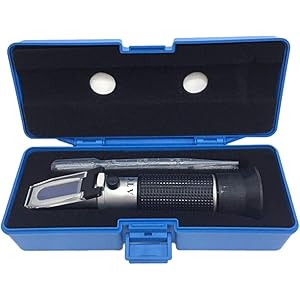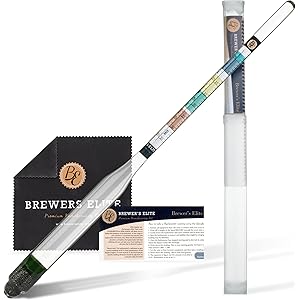Understanding Amber Color Under UV Light
Amber is a warm, golden hue that is often associated with various natural elements, including the resin from trees. However, when exposed to ultraviolet (UV) light, the color of amber can exhibit intriguing changes. Under UV light, amber typically fluoresces, revealing a vibrant glow that can range from yellow to greenish tones. This phenomenon is due to the organic compounds within the amber that react to UV radiation, making it a fascinating subject for both enthusiasts and scientists alike.
The Science Behind Amber’s Color Change
The color change of amber under UV light is primarily attributed to the presence of specific organic materials, such as terpenes and other hydrocarbons. These compounds absorb UV radiation and re-emit it at different wavelengths, leading to the characteristic fluorescence. This process not only enhances the visual appeal of amber but also serves as a diagnostic tool for identifying genuine amber versus synthetic alternatives. Understanding this scientific background can deepen one’s appreciation for the complexity of amber as a material.
Factors Influencing Amber’s Color Under UV Light
Several factors can influence the color of amber when exposed to UV light. The age of the amber, its geographic origin, and the specific types of inclusions present can all play significant roles. For instance, Baltic amber is known for its rich, warm hues and may exhibit different fluorescence compared to Dominican amber, which can show a more pronounced greenish glow. Additionally, the presence of impurities or inclusions, such as plant material or insects, can also affect the fluorescence and overall appearance of the amber under UV light.
Applications of Amber’s UV Fluorescence
The unique properties of amber under UV light have practical applications in various fields. In the jewelry industry, gemologists often use UV light to authenticate amber pieces, as genuine amber will fluoresce in specific ways that synthetic materials do not. Furthermore, researchers studying fossilized resin can utilize UV light to examine inclusions and other features that may not be visible under normal lighting conditions. This application of UV fluorescence is invaluable in both scientific research and commercial practices.
Comparing Amber to Other Materials Under UV Light
When comparing amber to other materials under UV light, it becomes evident that each substance exhibits distinct fluorescence characteristics. For example, while amber may glow yellow or green, other resins or plastics might display different colors or no fluorescence at all. This differentiation is crucial for collectors and jewelers who need to identify authentic amber. Understanding these differences can aid in making informed decisions when purchasing amber jewelry or artifacts.
Get more content like this!
Sign up to receive updates and new terms first hand.
How to Observe Amber’s Color Under UV Light
To observe the color of amber under UV light, one must use a UV lamp that emits the appropriate wavelength. It is recommended to use a shortwave UV lamp, as it produces the best results for fluorescence observation. When examining amber, ensure the environment is dark to enhance the visibility of the fluorescence. By carefully observing the amber under UV light, one can appreciate the intricate details and vibrant colors that may not be apparent in regular lighting.
Common Misconceptions About Amber and UV Light
There are several misconceptions surrounding amber and its interaction with UV light. One common myth is that all amber will fluoresce brightly under UV light, which is not true. The fluorescence can vary significantly based on the type of amber and its composition. Additionally, some people believe that synthetic amber will exhibit the same fluorescence as natural amber, but this is often not the case. Understanding these misconceptions is essential for anyone interested in amber, whether for collecting or educational purposes.
Preserving Amber’s Color and Fluorescence
To maintain the color and fluorescence of amber, proper care and storage are crucial. Amber should be kept away from direct sunlight and extreme temperatures, as these conditions can degrade its quality over time. When cleaning amber, avoid harsh chemicals and opt for gentle methods, such as using a soft cloth. By taking these precautions, collectors and enthusiasts can ensure that their amber retains its beautiful color and unique fluorescence for years to come.
The Cultural Significance of Amber
Amber has held cultural significance across various civilizations throughout history. In many cultures, amber is considered a protective stone, believed to bring good luck and ward off negative energy. Its unique color and ability to change under UV light have also made it a subject of fascination in art and literature. Understanding the cultural context of amber can enhance one’s appreciation for this remarkable material, especially when considering its scientific properties and aesthetic appeal.
Future Research on Amber and UV Light
The study of amber and its properties under UV light is an ongoing field of research. Scientists continue to explore the various organic compounds present in amber and their potential applications in fields such as medicine and materials science. Future research may uncover new insights into the fluorescence of amber and its implications for understanding ancient ecosystems. As technology advances, the methods for studying amber will likely become more sophisticated, leading to exciting discoveries in the years to come.




